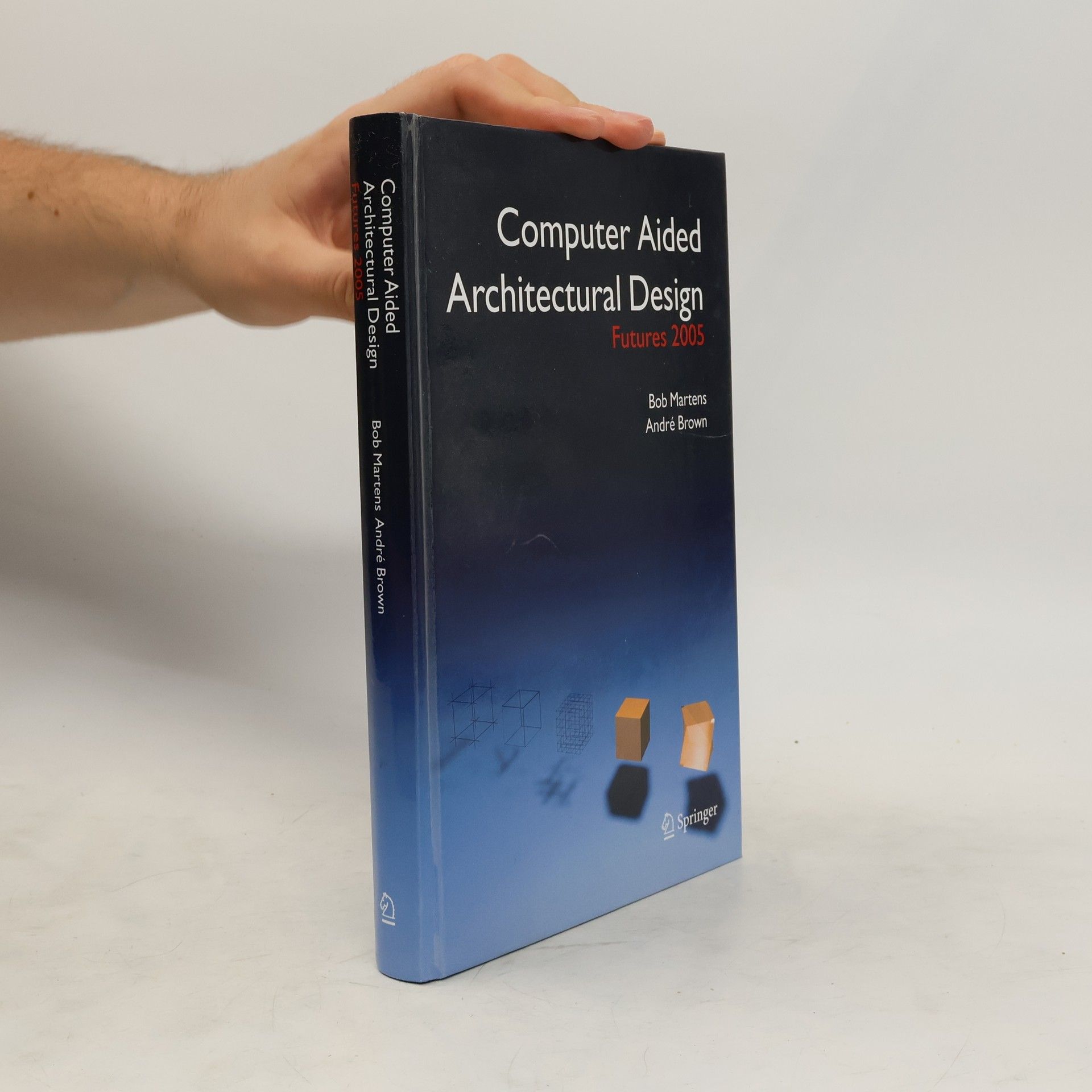Designing social innovation
- 312pages
- 11 heures de lecture
The design and functioning of urban environments is difficult and complex, and because of the competitive nature of urban planning today, it often does not have the input required from a variety of disciplines, ranging from psychologists and sociologists to architects and planners. Researchers from these areas are, however, uniquely placed to monitor success and advise on what works. This interdisciplinary volume does exactly that, with contributions by experts from around the world. Based on the best applied research presented at the 18th meeting of the International Association of People-Environment Studies, IAPS18, held in Vienna, this volume concentrates on theories and methods in planning and monitoring, environmental, health, and social impact assessment, post-occupancy evaluations (POEs), computer modelling, and various simulation tools. It is thus a fascinating and up-to-date review for researchers, professional practitioners, and policy makers.


